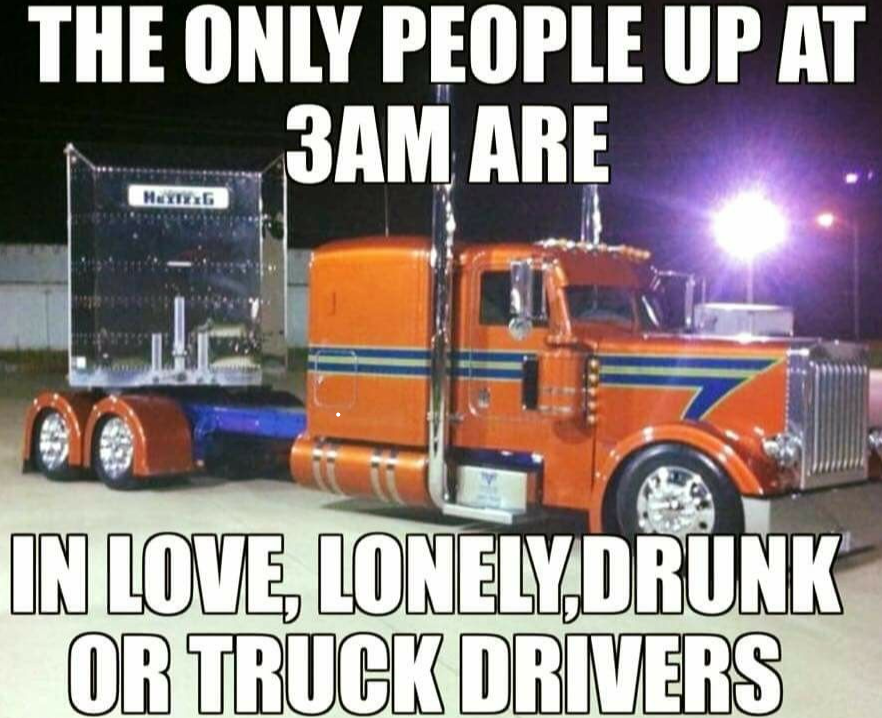I am sure you all heard by now of the accident involving a Meysing driver last week. Unfortunately, the driver did fall asleep at the wheel but fortunately nobody was hurt. This week I would like to talk about drowsy driving. I know I have already emailed on the topic, but hey… its important !!!
Get Enough Sleep Before Getting Behind the Wheel
Be sure to get an adequate amount of sleep each night. If possible, do not drive while your body is naturally drowsy, between the hours of 12 a.m. to 6 a.m. and 2 p.m. to 4 p.m. Driver drowsiness may impair a driver’s response time to potential hazards, increasing the chances of being in a crash. If you do become drowsy while driving, be sure to choose a safe place to pull over and rest.
Take a Nap
If possible, you should take a nap when feeling drowsy or less alert. Naps should last a minimum of 10 minutes, but ideally a nap should last up to 45 minutes.
Allow at least 15 minutes after waking to fully recover before starting to drive.
Short naps are more effective at restoring energy levels than coffee. Naps aimed at preventing drowsiness are generally more effective in maintaining a driver’s performance than naps taken when a person is already drowsy.
Avoid Medication That May Induce Drowsiness
Avoid medications that may make you drowsy if you plan to get behind the wheel. Most drowsiness-inducing medications include a warning label indicating that you should not operate vehicles or machinery during use. Some of the most common medicines that may make you drowsy are tranquilizers, sleeping pills, allergy medicines and cold medicines.
Cold pills are one of the most common medicines that may make you drowsy. If you must drive with a cold, it is safer to suffer from the cold than drive under the effects of the medicine.
A recent study conducted to determine the risk of having a safety-critical event as a function of driving-hour suggests that incidents are highest during the first hour of driving. The authors hypothesize that drivers may be affected by sleep inertia shortly after waking from sleep. This may be especially true for drivers who sleep in the sleeper berth. Sleep inertia refers to impairment in a variety of performance tasks, including short-term memory, vigilance, cognitive functioning, reaction time, and ability to resist sleep.

New technoloagy to help determaine if you are falling asleep at the wheel
One of the first drowsy-driving monitoring systems to appear in the truckers’ cab was a driver-facing camera that alerted the driver when it registered eyelid and head droops. Privacy concerns kept this technology from going far. New wearable technology monitors the drivers but in a more subtle way, and comes in a variety of forms including caps, vests, wristbands, and eye wear.
A few items on the market are:
Glasses made by Optalert measure the driver’s eye blinking with an LED light monitor. Eyelids that stay down too long might point to a sleepy driver. The real-time measurements are displayed on a dash-mounted device with alarms and notifications.
A headset made by Maven Machines detects if a driver is looking forward through the windshield, up, down or sideways, and measures mirror checks, which can decrease in frequency if a driver is getting tired. The headset detects head bobs and jerks, signs the driver is falling asleep.
Please remember to buckle up and always be kind!


